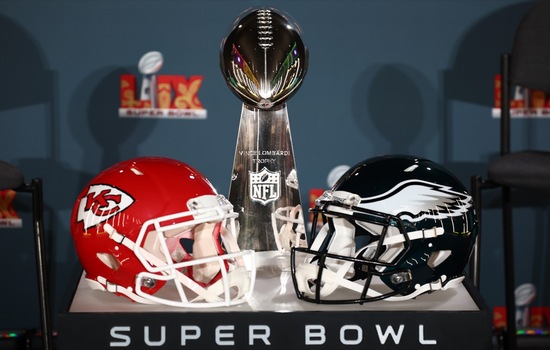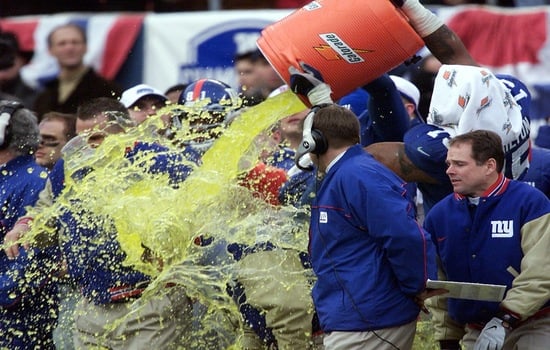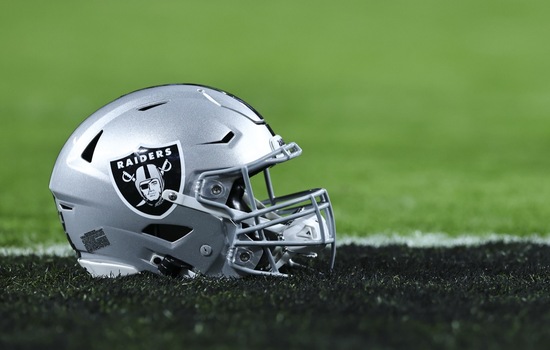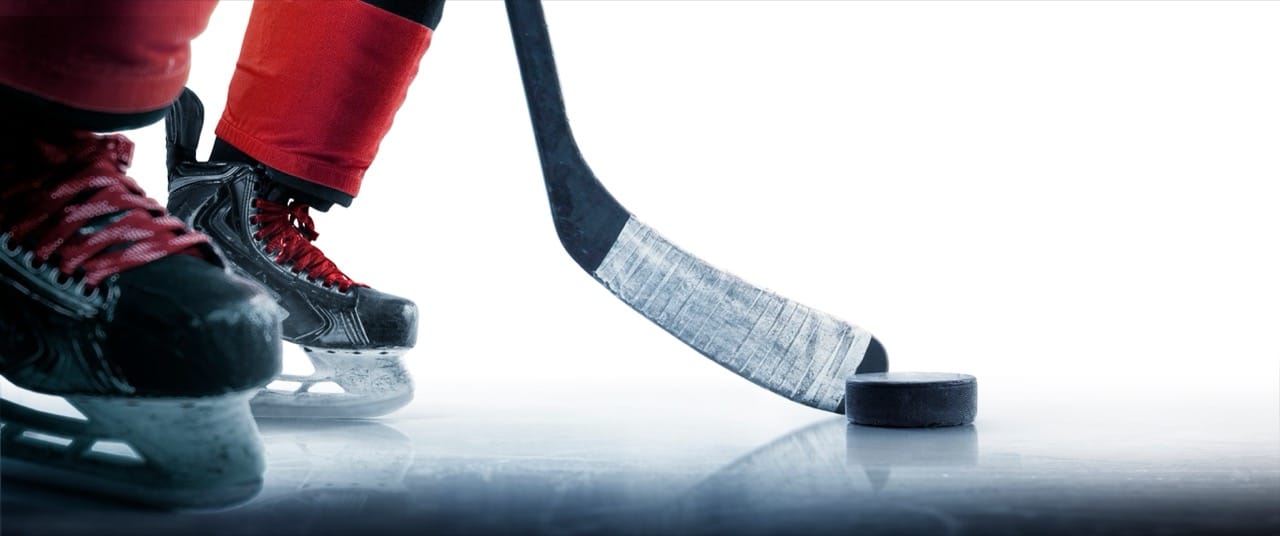
If you ask a person what hockey is, they will most often answer - it's a game on the ice with a puck, plenty of power struggles and a fair amount of fights. These are the kinds of associations that almost any person will make with this word. However, we should not forget that this is not the only variation of the sport. There is field hockey or ball hockey, as well as other types of hockey. Today we would like to talk about each of them in more detail.
There are 2 versions of the origin of the word "hockey". First (British) - the name came from the word "hauki" or "hoki", a festival celebrating the full harvest, followed by games with curved sticks. The goal of the players was to drive the ball into the opponent's zone with these sticks. Second version (Canadian). According to her the word hockey is borrowed from the Mohawk Indian languages. They played a game on the grass called "hogyi," which translates to pain. There is also a theory in Canada that the word hockey came from the Old French word "hoche" - a shepherd's curved staff.
Ice hockey
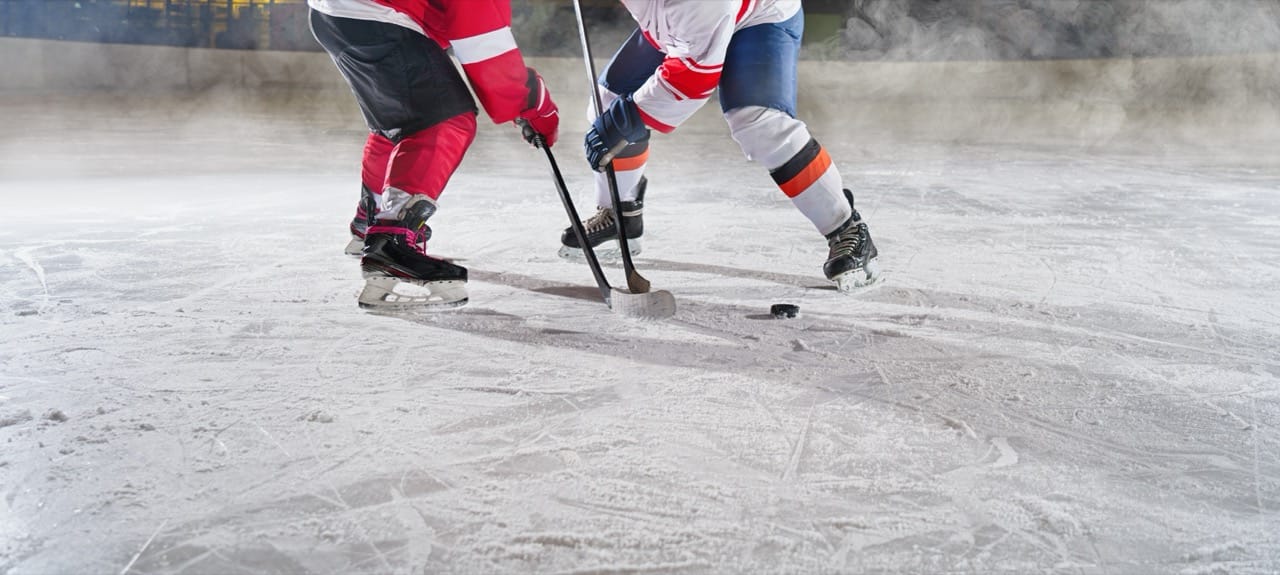
The most popular and widespread type of hockey. Officially originated in the late 19th century in Canada, as the first officially recorded match was held then.
There is a legend that hockey originated in Holland back in the XV-XVI centuries, but there is no direct evidence of it.
Standard hockey is played on ice with a rubber puck, and each athlete is "outfitted" in skates and special protective equipment. Also included is a stick, which is used to score a goal. According to the rules, there can be 6 people on the ice at a time - 5 field players and one goalie.
Field hockey

It's a summer sport. Matches are played on a special surface made of a synthetic material, which resembles grass (since the games used to be played on grass). Instead of a puck, a hard ball of small size serves as the playing shell. Only the goalkeeper has protective gear here, as power struggles are not encouraged here. The sticks are also different: they are shorter than in "standard" hockey and have a greater hook bend.
The game involves 2 teams of 11 players each, and matches are 70 (2 halves of 35) or 60 (4 halves of 15) minutes in length. A goal is only scored if the shot is taken from the circle of impact. It is forbidden for field players to touch the ball with any part of the body. This variety is very popular in the UK, Netherlands, Germany, Australia, South Africa, Asian countries.
The modern game originated in private schools in England in the nineteenth century.
The World Championship is held every 4 years. The reigning winner of the planetary championship is the Belgian national team. The most decorated teams to date are Pakistan (4 titles), who have not won a World Cup since 1994, the Netherlands and Australia. The latter have three World Cup gold medals each. The Dutch have lost two finals in a row.
Ball hockey
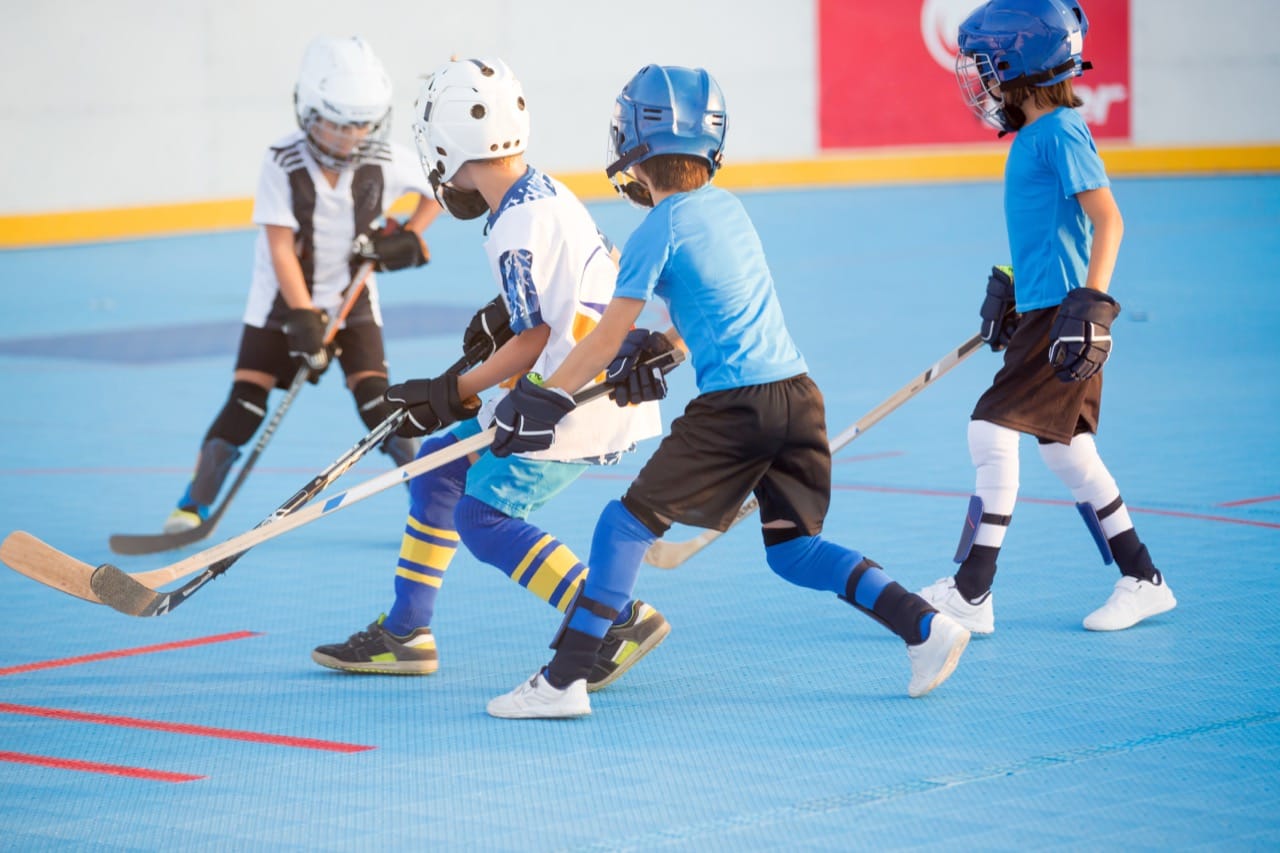
All over the world, this type of hockey is called bendi. I am a winter sport because it is played on ice. The ground is comparable to the size of a soccer field, and the markings represent a symbiosis of soccer and hockey. 2 teams take part in the matches. There can be 11 people on the ice (as in soccer - 1 on the goal and 10 on the field). All hockey players move on skates, use sticks to take the goal and try to score a goal with them. The goalkeeper has no stick. The duration of the matches is 90 minutes (2 halves of 45). Sometimes games are played in a format of 3 halves of 30 minutes each.
Ball hockey is not included in the program of the Winter Olympics, although the plan was to introduce this discipline as early as 2018. However, it all remained at the level of talk. In 1952. at the Olympics in Oslo, Norway, this discipline was presented as a demonstration discipline. So far, this type of hockey is only included in the Winter Universiades.
The first official rules were written in the late nineteenth century, and in 1913 the. the first European Championship was held. However, after World War I it virtually ceased to exist, and domestic championships on a regular basis were held for a long time only in the Scandinavian countries and the Soviet Union. It was after 1952. the popularization of sports has begun again.
Other varieties of hockey
In addition to the above, there are other types of hockey, but they are less popular. Let's mention them briefly.
Sledge hockey
A Paralympic version of standard hockey has been part of the program since 1994. Those with musculoskeletal problems take part in it, so instead of skates, specially designed sleds are used. Players have 2 sticks (shortened version) with which they can push off and shoot the puck on goal, as well as protective equipment. A total of 6 people (5 in the "field" and one on the goal) can be on the court. The match lasts 45 minutes (3 periods of 15 minutes each).
Roller hockey (quads)
It is a summer sport, most often games are played in the hall. Players skate on rollers and with shortened (compared to regular hockey) ebonite sticks try to score the ball in the goal. There is also a power struggle and high tempo of play here as well. The dimensions of the site should have a 2 to 1 ratio (length to width). The first figure should be between 34 and 44 meters
Indoor Hockey
A variation of field hockey. The main difference is that the matches are played on handball courts.
Floorball
Games are played in the hall on a hard floor with a plastic ball.
Underwater hockey
The sport originated in the mid-50s of the last century. All games are played underwater. At the bottom of the pool there is a goal in which players try to drive a plastic puck in. The match consists of two periods of 15 or 10 minutes each. The first men's world championship was held in 1980. women four years later. Athletes' equipment includes fins, mask, snorkel, stick and gloves.
Ice hockey
It's a symbiosis between hockey and diving. The most extreme winter sport, as the "puck" is skated on the ice on the inside of a frozen lake, and the players are head downward. The gate is made in the form of a hole. Each team can have 2-3 people on each team, and halves last no more than 10 minutes each (due to extremely low temperatures). The first World Championship was held in 2009.

